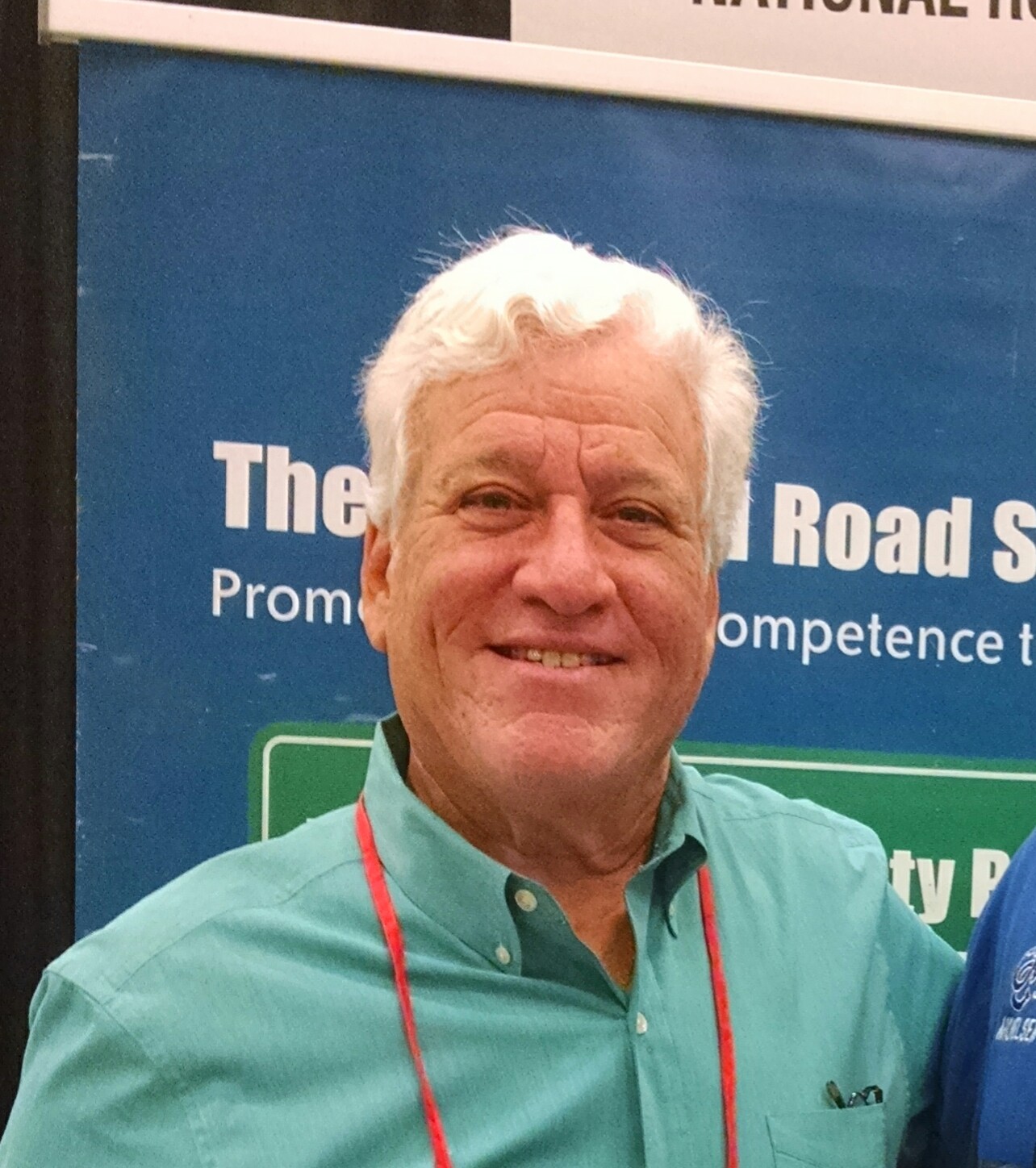As fall arrives and the sun sets earlier, our streets and highways become more dangerous. The arrival of Autumn and the end of daylight savings time in late October and early November across most Northern Hemisphere countries means there’s an increased risk of drowsy driving as we do more driving in dusk and darkness.
Fatigue is a factor in more than 328,000 crashes every year, and fatigue-related collisions result in at least 6,400 deaths, 109,000 injuries and $109 billion in monetary losses each year in the U.S.
By some estimates, between 10% and 20% of all road crashes worldwide are fatigue-related.
Research by the AA Charitable Trust has shown that one in eight drivers (13%) admit falling asleep at the wheel, and nearly two fifths (37%) have been concerned about falling asleep while driving.
In the USA the data is even more shocking: studies show more than 60 per cent of U.S. motorists have driven while fatigued, and nearly 37 per cent admit to having fallen asleep at the wheel. At highway speeds, a driver who dozes for only four or five seconds can travel more than the length of a football field, crossing into oncoming traffic or off the road and into a tree.
Many experts consider drowsy driving as dangerous as drunk driving, in terms of the risk of serious injury or death to the driver and passengers.
Drowsy driving crashes often involve a single vehicle that leaves the roadway, and the dozing driver doesn't attempt corrective action to avoid crashing into another car or a tree or other obstruction alongside the road. According to experts, these crashes often result in serious injuries or death.
Drowsy driving is especially prevalent among teens and college students, who tend to keep late hours and think they can function on minimal sleep. Ironically, experts say, teens require more sleep than adults.
Safety experts remind drivers to never drink alcohol before driving. They should also check any medications they take to see if they might induce drowsiness.
The National Road Safety Foundation, a non-profit group that produces free driver safety programs used in schools nationwide, urges drivers to be alert to these signs of drowsiness while driving:
-
Difficulty focusing, frequent blinking, rubbing eyes
-
Daydreaming or not remembering the last few miles driven
-
Head snaps, nodding and yawning
-
Drifting out of your lane, tailgating or hitting rumble strips
If you experience any of these warning signs, pull over safely and take a break. Have a cup of coffee or a caffeinated snack or take a 20-minute nap. Allow 30 minutes for caffeine to enter your bloodstream. Some common “remedies” like blasting the radio or opening the car windows are not effective at preventing drowsiness while driving.
Safety experts urge drivers not to “tough it out” when tired. Fatigue can force a person into 'micro-sleeps' lasting several seconds, which can have devastating results. Experts say they’ve seen too many examples of people trying to make it those last few miles, only to crash a block or two from home.
The National Road Safety Foundation has free programs on drowsy driving, including a compelling 18-minute video called “Almost Home.” Also available are a drowsiness self-assessment quiz and a personal sleep log. They can be downloaded from the NSRF website.





